Topkapi Palace
Tuesday, 30th June 2009 by Ian Brown
Standing prominent above Old Istanbul and its waterfront, Topkapi Palace is an immense1 structure with a long and regal history - from its role as the centre of the Ottoman Empire, to its current operation as a museum housing sacred Muslim relics.
Initially constructed in the mid-15th century and expanded in subsequent centuries by different rulers, the palace is centred on four principal courtyards which are divided by high walls intended to ensure the privacy of those inside. The courtyards are surrounded by hundreds of buildings, beyond which are gardens and wooded areas and walls separating it from the bustling city.
At the height of their power, the Ottoman Sultans based all their official, political and ceremonial activities at the Palace. They housed up to 4,000 people in the complex, which was a self-contained city with all necessary facilities such as mosques, schools, a hospital and even a mint. The palace is reached via a processional avenue and the huge Imperial Gate adjacent to the Hagia Sofia mosque.
The first courtyard is the southernmost and largest of the four, and served mainly as parkland for the general population of the Palace and as a functional area for facilities like the mint. It also houses the Hagia Irene Orthodox Church. The fountain here is believed to have been used by executioners to clean their hands and weapons after an execution.
The parade route through this area leads directly to the Salutation Gate, entrance to the second courtyard. Visitors had to dismount their horses here, as only Sultans were permitted to proceed while riding.
The second courtyard was where Sultans would receive most guests and hold public audiences. It contained more lavish parkland for senior members of the court, and was surrounded by important buildings such as the Imperial Council, a harem, dormitories for servants, and stables where royal carriages are still present.
The ten domed kitchen buildings are clearly visible with their chimneys standing proud above spaces where up to a thousand people would work to create up to 6,000 meals a day in specialised facilities such as the confectionery and beverage kitchens.
The Tower of Justice is the high point of the complex - intended to serve as a reminder for all who could see it of the power of the Sultan, who would use it as a place to oversee his city. Nearby is the Treasury which housed most public administrative functions of the city.
The Gate of Felicity leads to the lush third courtyard which was the private quarters of the Sultan - a place where nobody could enter without his express permission. Private audiences (such as with visiting ambassadors) took place in the throne room just inside the gate. Personal guards and staff of the Sultans lived in this area. The Conquerors Pavilion and Imperial Treasury mostly housed art, money and other valued possessions. The Mosque of the Agas is the largest mosque in the Palace.
The Privy Chamber was constructed as offices, but now houses several items considered to be the most sacred Muslim relics - a cloak and weapons which belonged to the Prophet Muhammed, along with one of his teeth and a hair from his beard. These items form a destination of pilgrimage for many people.
The third courtyard also leads to the harem which had more than 400 rooms to house the sultan's families in addition to their wives and concubines.
The fourth courtyard was strictly a private refuge for Sultans and their families, along with principal staff such as the Chief Physician. It includes sections specifically for rituals such as evening meals during Ramadan, and circumcision.
By the late 17th century, the Sultans had mostly relocated to more modern palaces elsewhere in the city. Sections of the Topkapi were lost to redevelopment, particularly along the waterfront where a railway was built in the 19th century. When the Ottoman Empire ended early in the 20th century, the Turkish government ordered its conversion into a museum.
While only a modest selection of the hundreds of rooms are open to the public, the architecture is splendid and there is a rich collection of Ottoman treasures, manuscripts and other objects in addition to the Muslim relics mentioned above.
A full in-depth description of Topkapi Palace can be found at Wikipedia. It can be helpful to compare the satellite images to the maps of the Palace, and the Harem. Finally, virtual tours at 360tr (tour one, tour two) give an excellent sense of the grandeur of the Palace.
Thanks to Ray hollis and Sench.
-
So immense in fact, that it was hard to know what to include in this post while keeping it a reasonable length. I've picked some of the major features, while everything else is described in great detail in the links at the end of the article. ↩︎
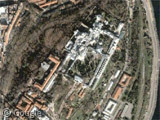
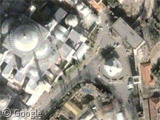
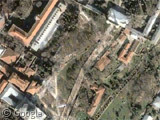
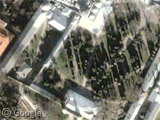
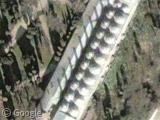
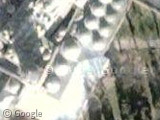
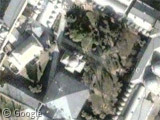
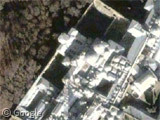
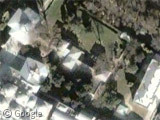
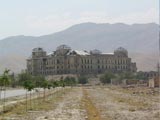
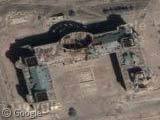
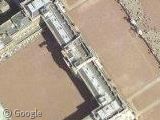
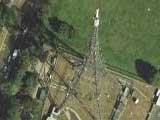
Visited it a couple of years ago. Certainly an impressive bit of work, and within spitting distance of two of Istanbul’s other great old buildings (the Blue Mosque and the Aya Sofia).